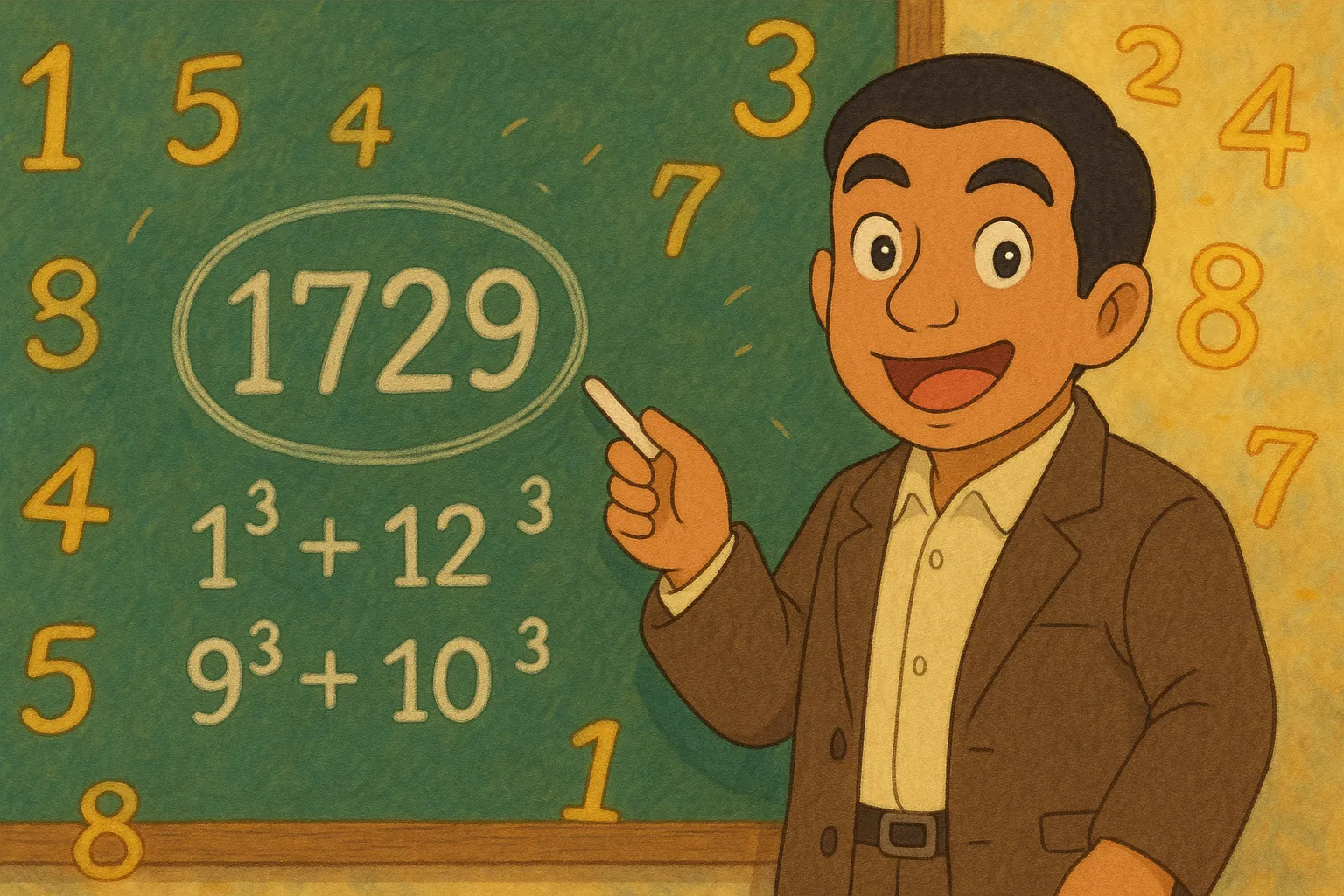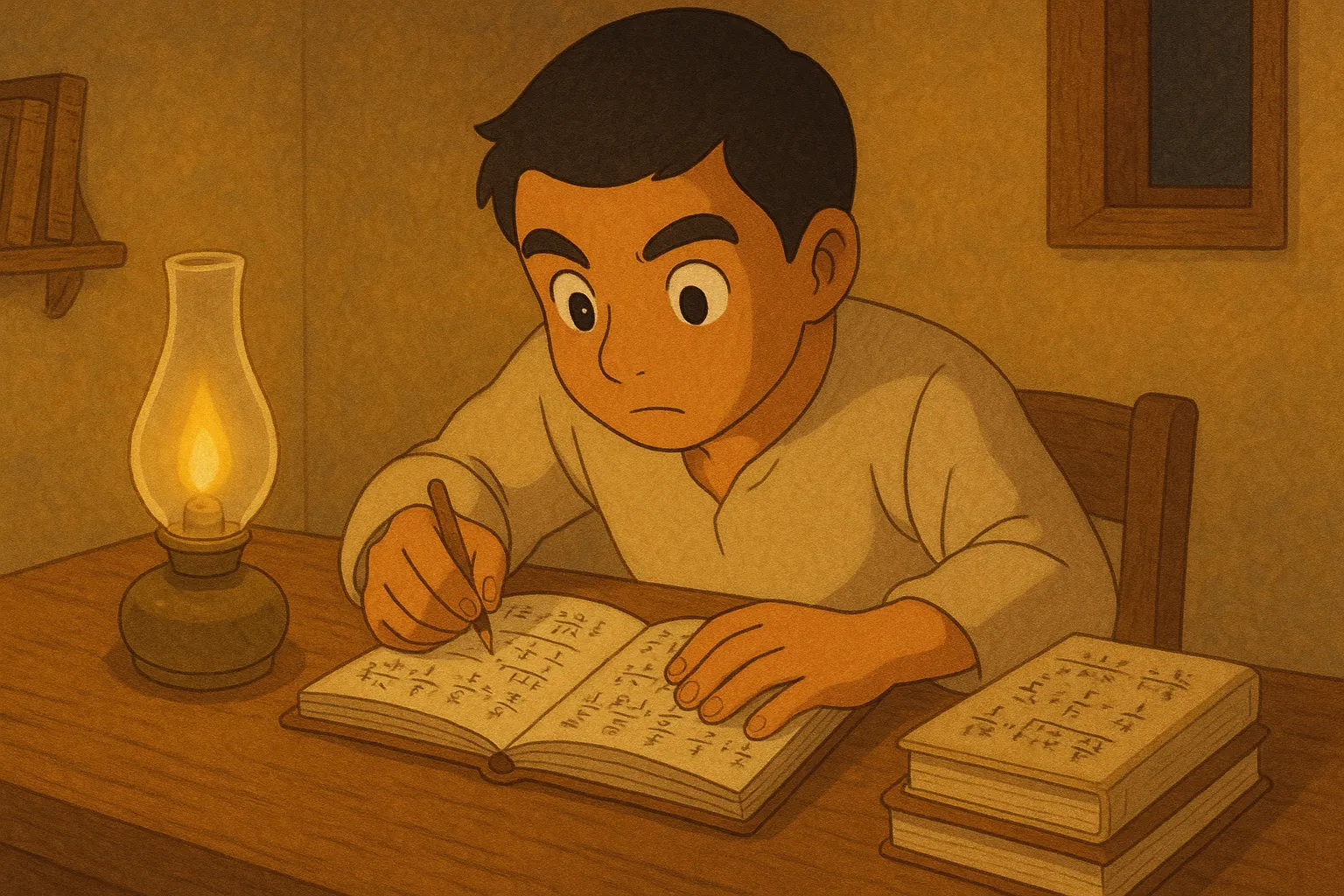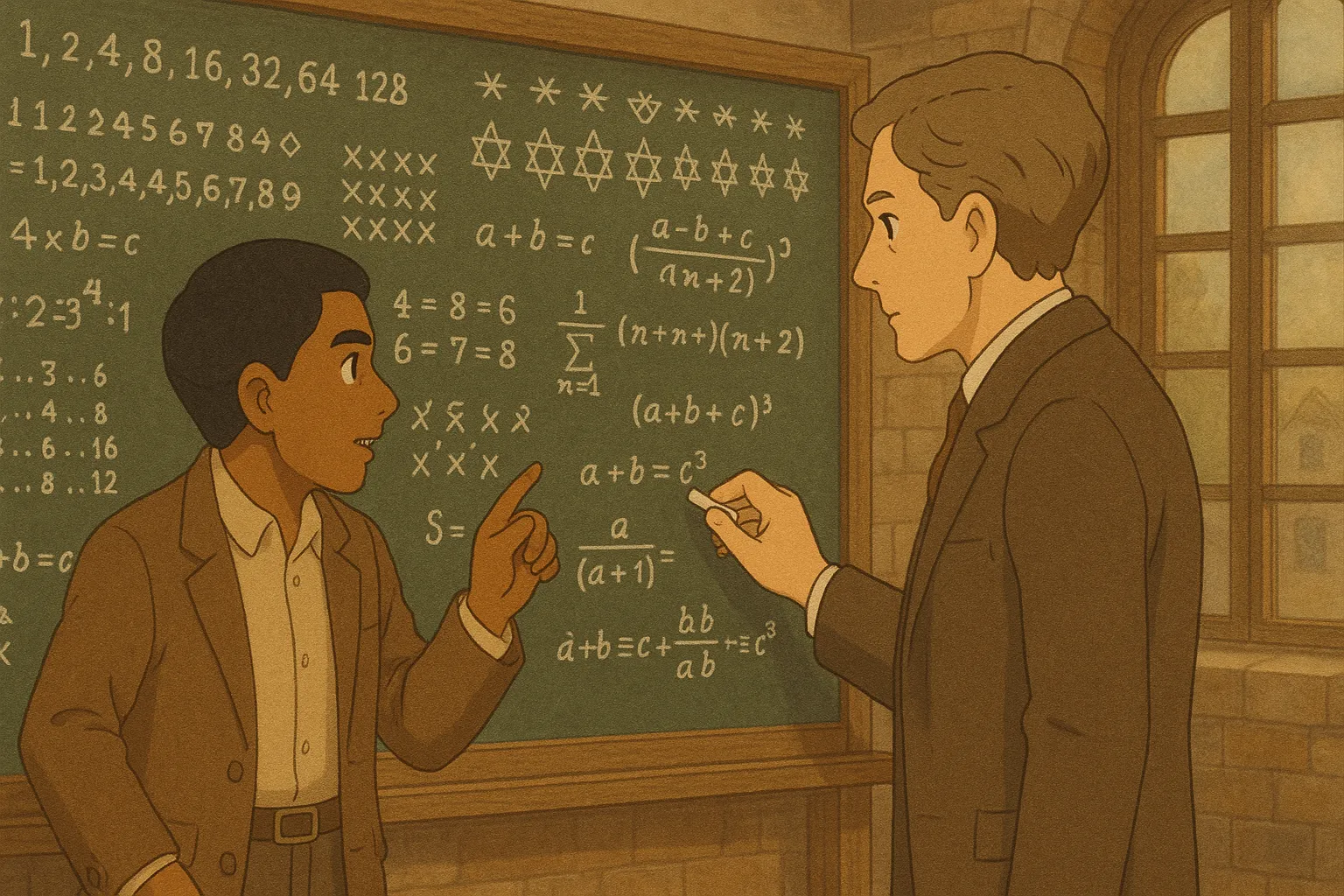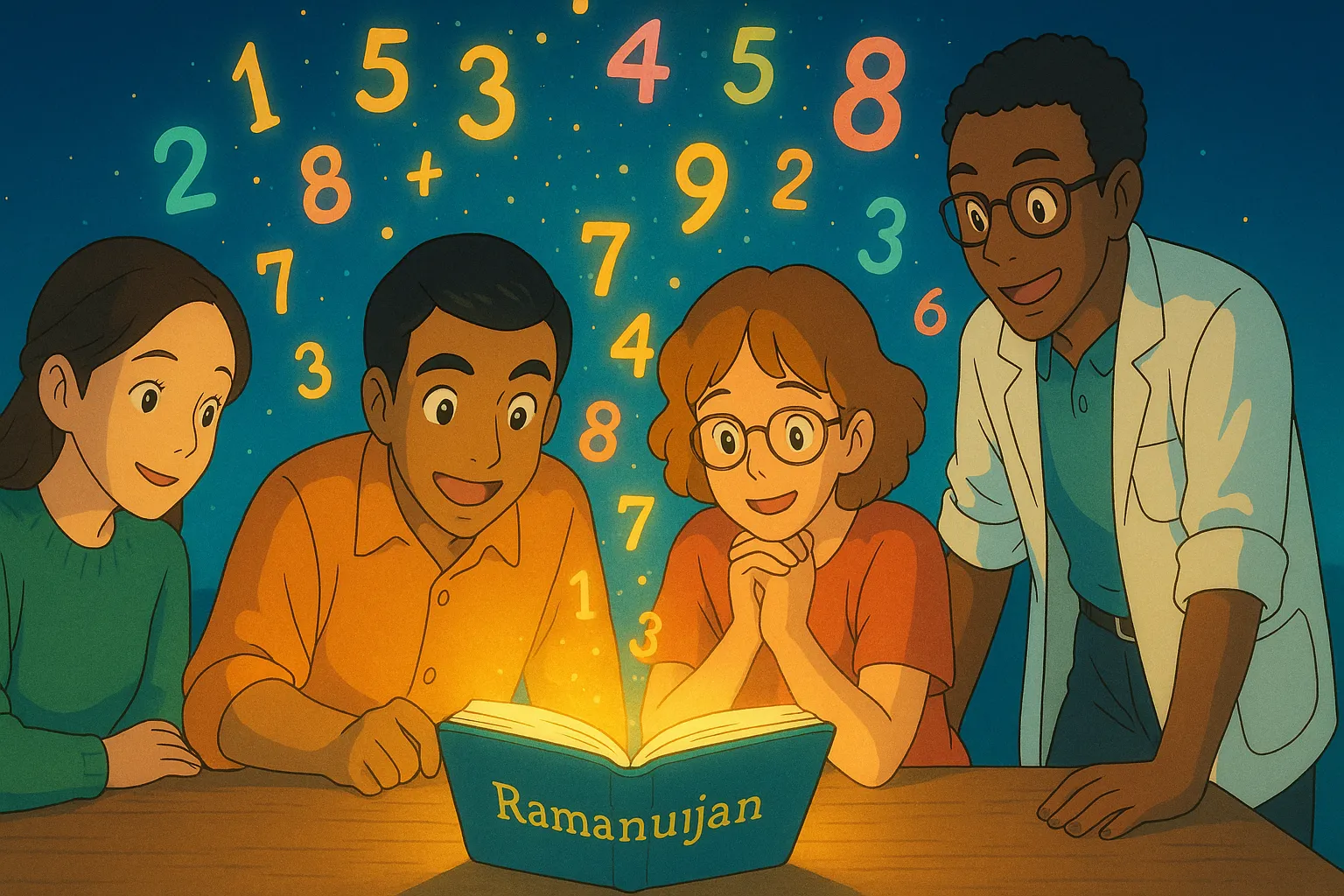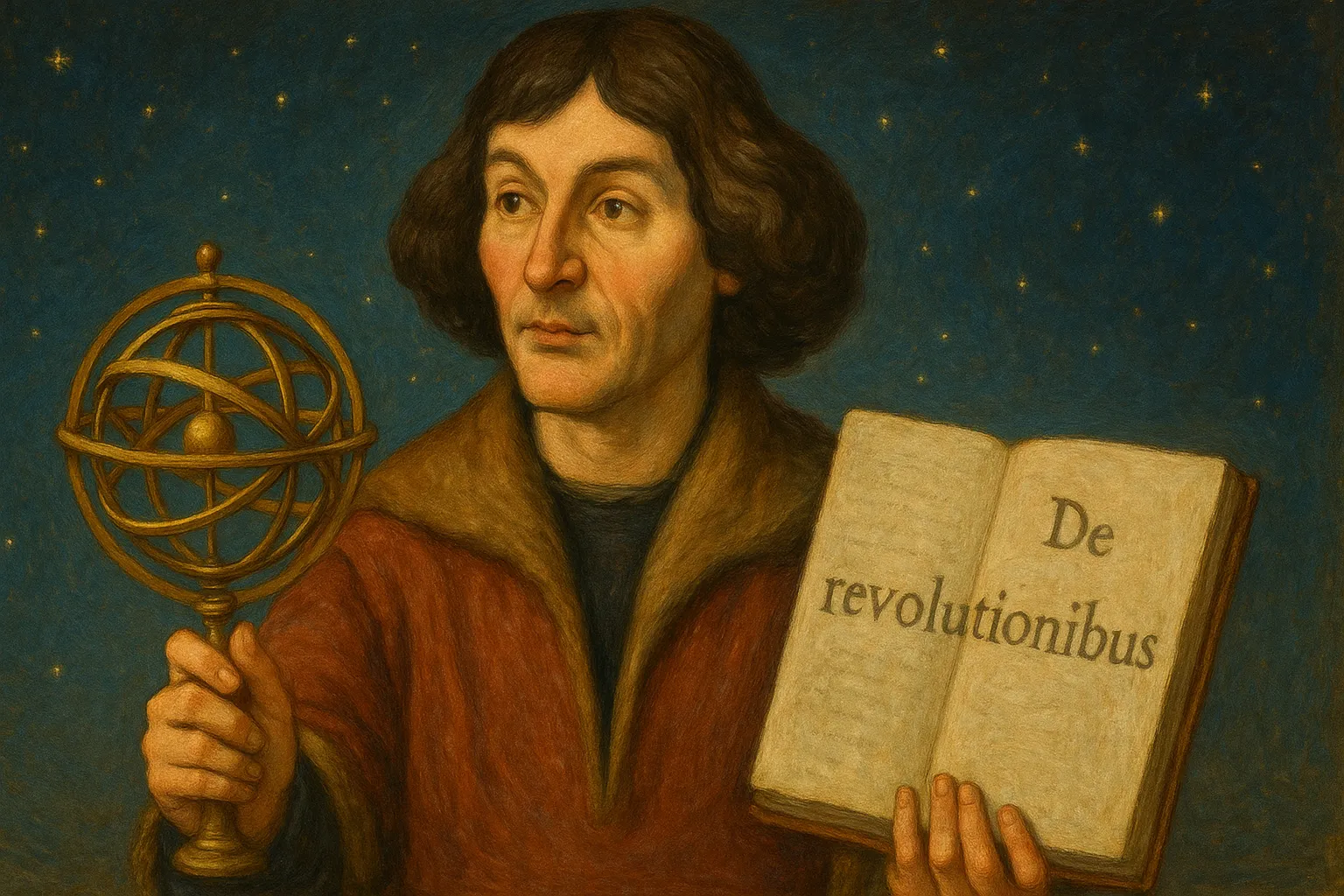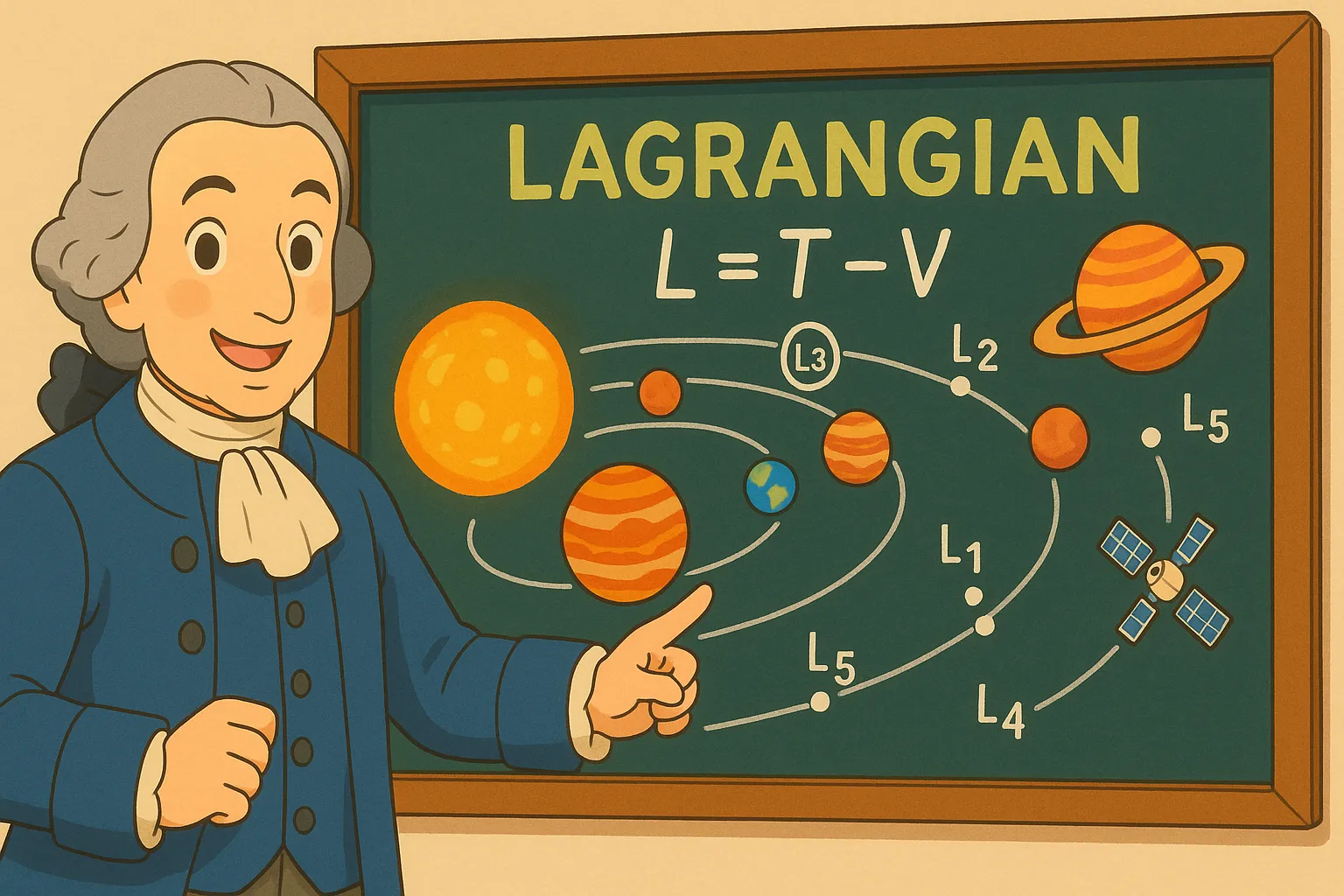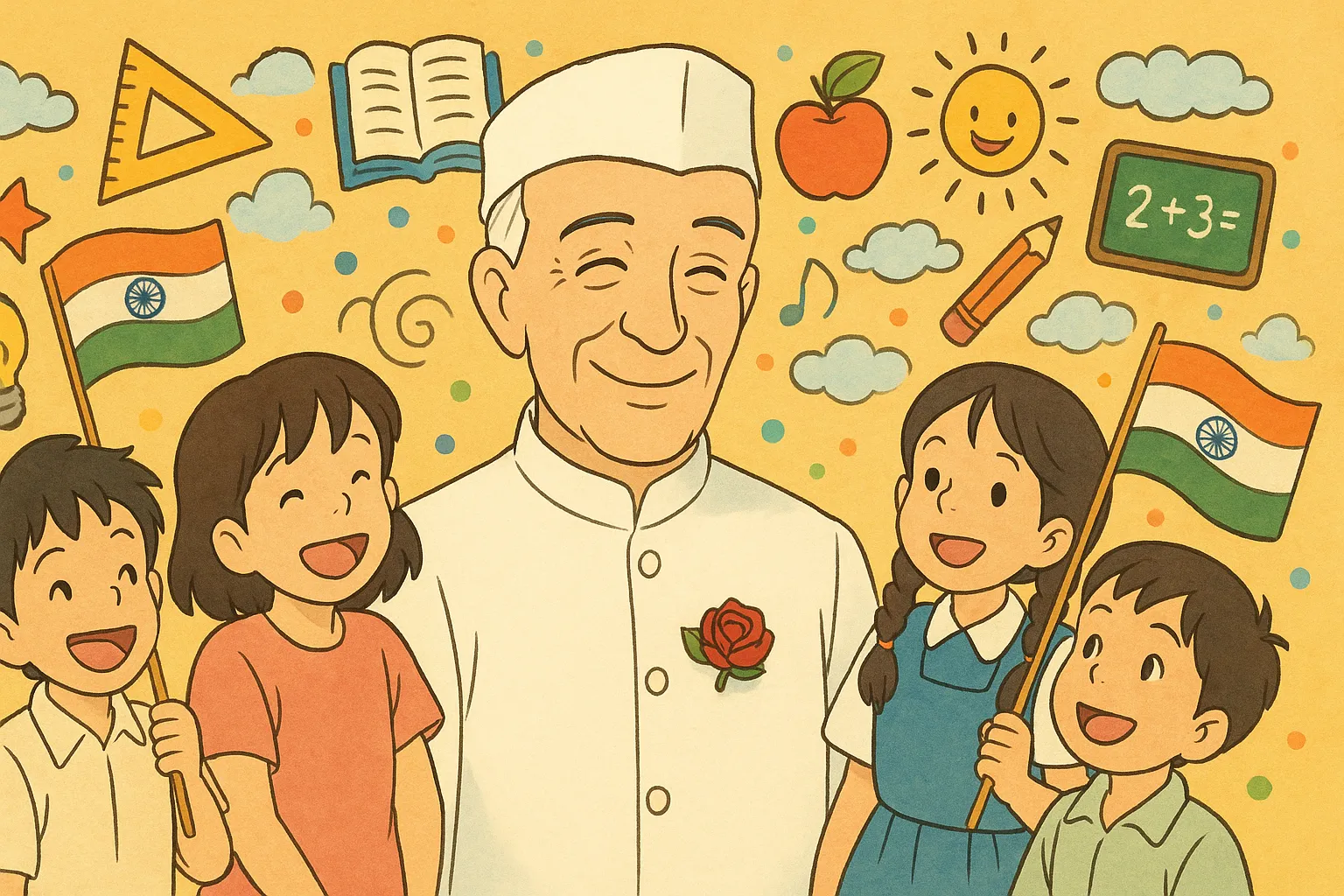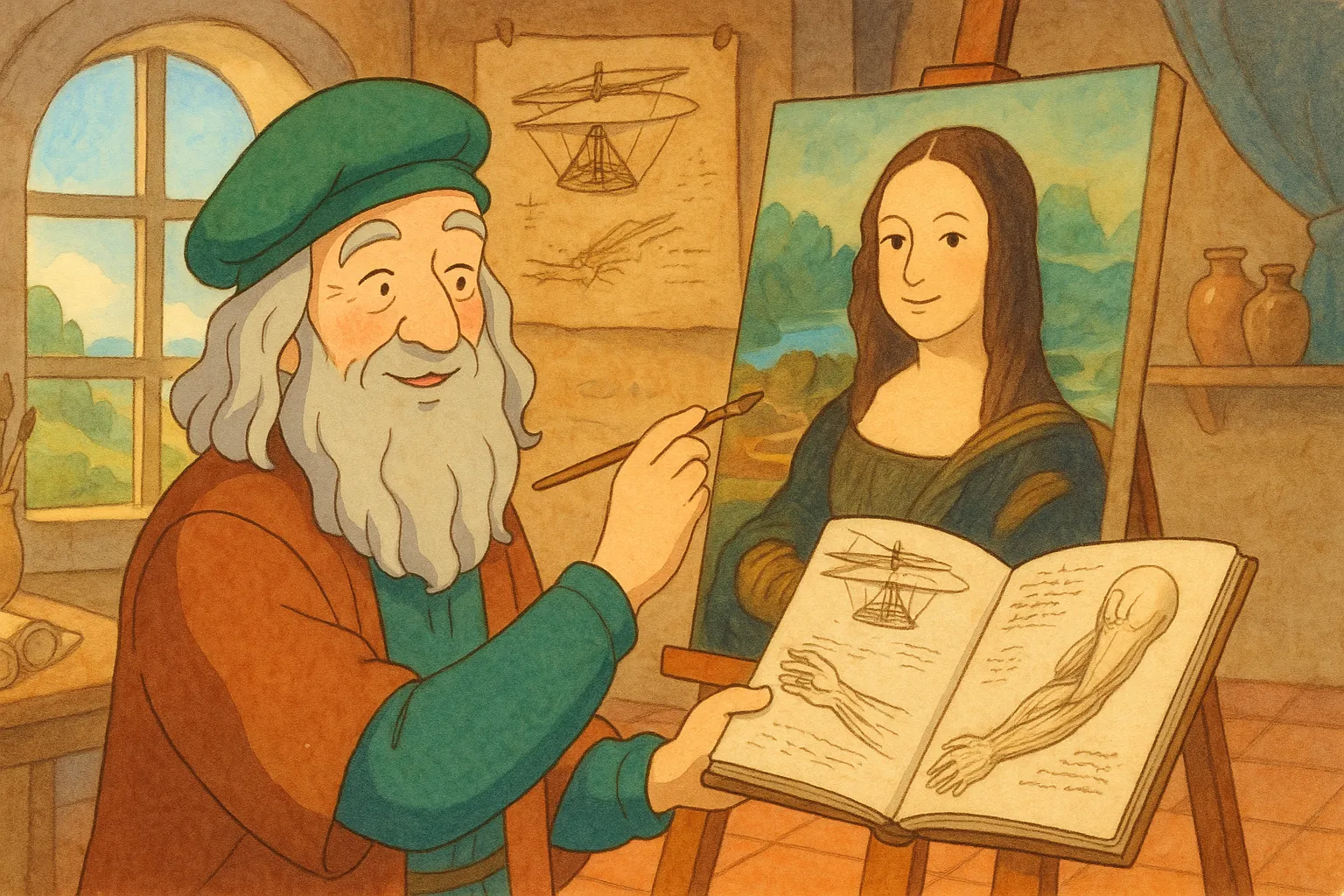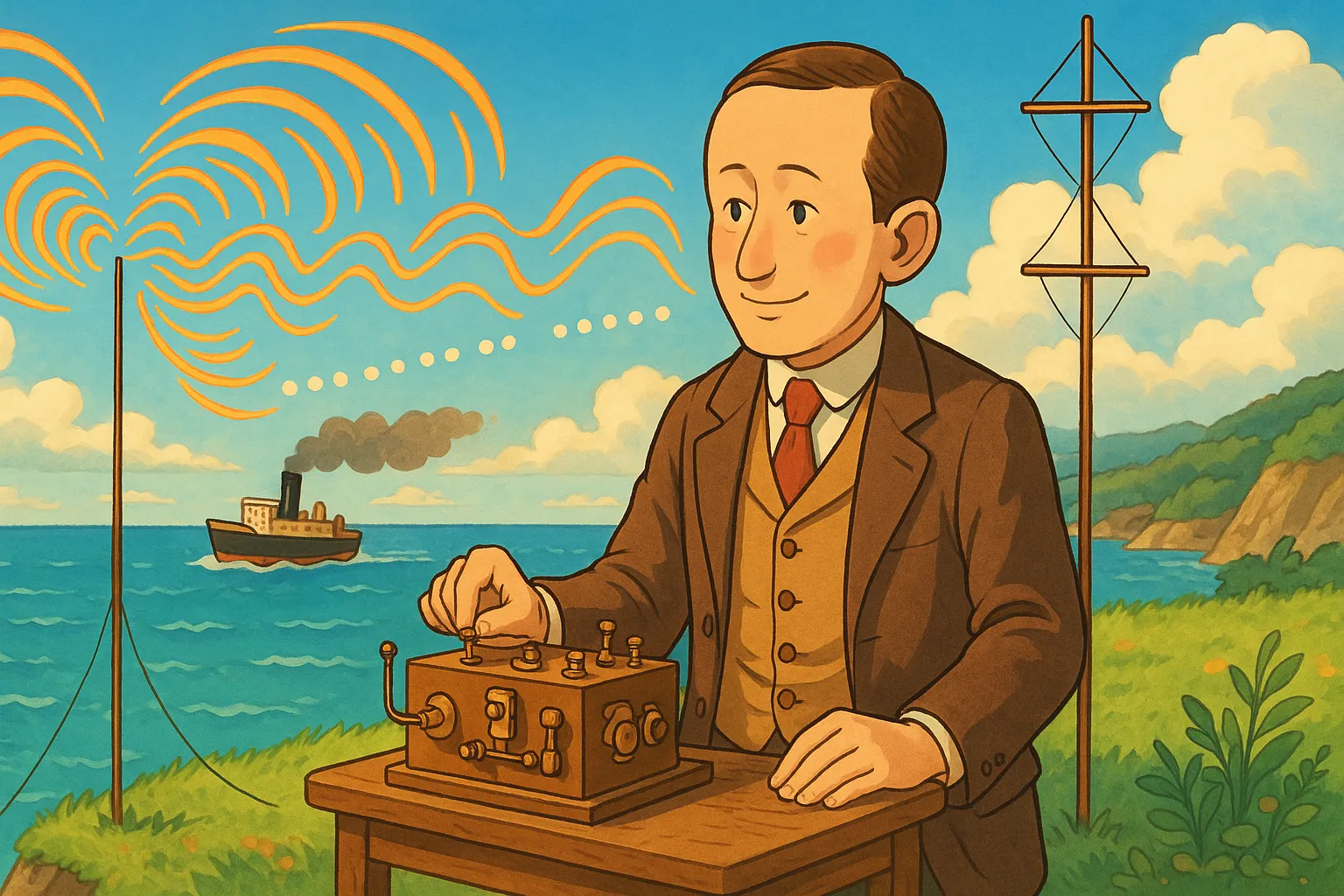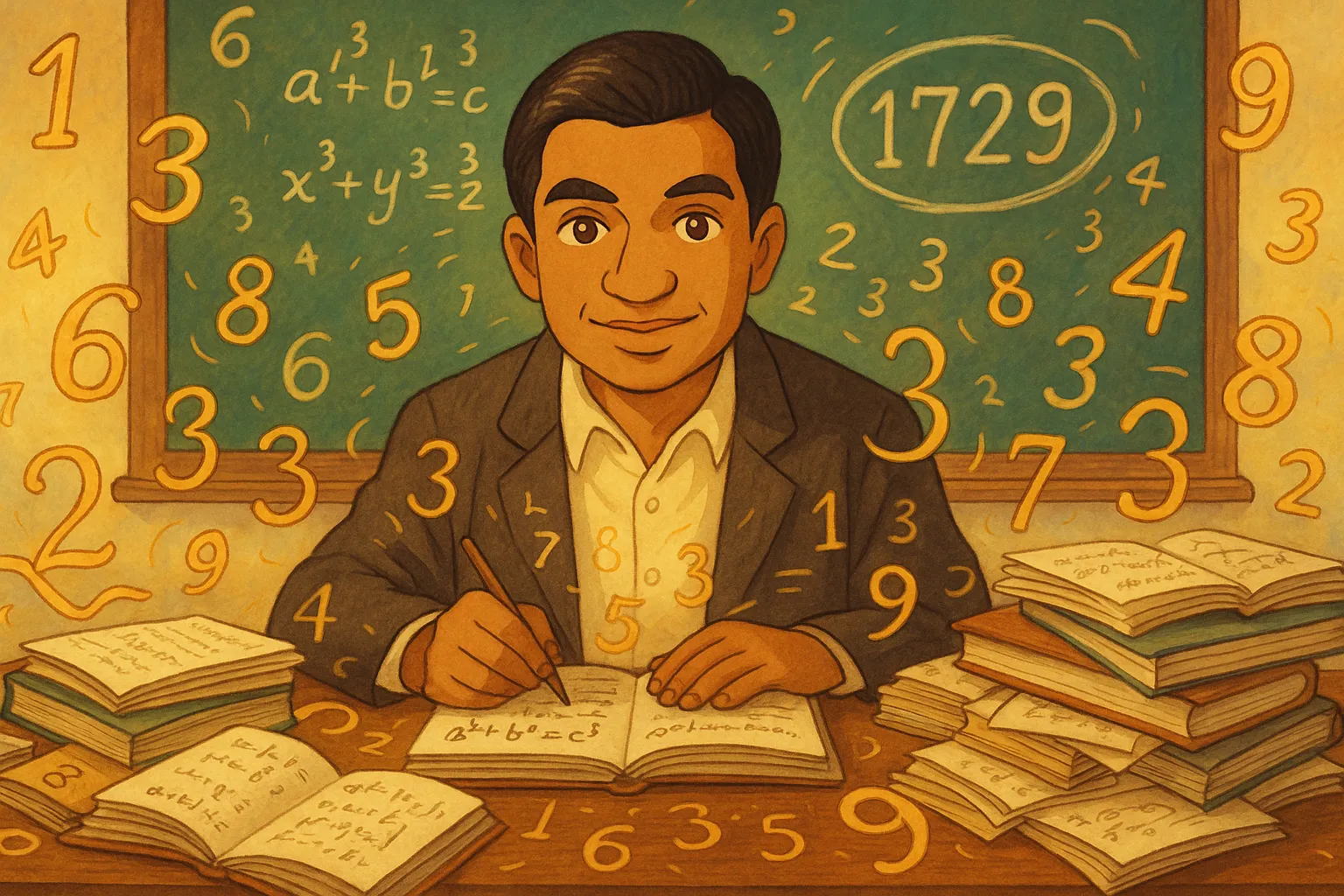
Frequently Asked Questions
Where was Ramanujan born?
He was born in Erode and grew up in Kumbakonam in southern India (born 1887).
How did he learn math?
He was mostly self-taught, studying on his own and filling notebooks with ideas rather than following formal courses.
What is the story of 1729?
1729 is the smallest number expressible as two different sums of two cubes: 1^3+12^3 and 9^3+10^3 — Ramanujan noticed this quickly.
Did he prove all his formulas?
No. Many formulas were listed without proofs; later mathematicians proved many and found new theories inspired by them.
Why is Ramanujan important today?
His notebooks and ideas opened new paths in number theory and continue to inspire math and science research around the world.
